- Home
- Destinations
- The Puuc route
The Puuc Route
An interestingly varied global appreciation of the Mayan civilization awaits you on what is known as the (mountainous) Puuc Route.
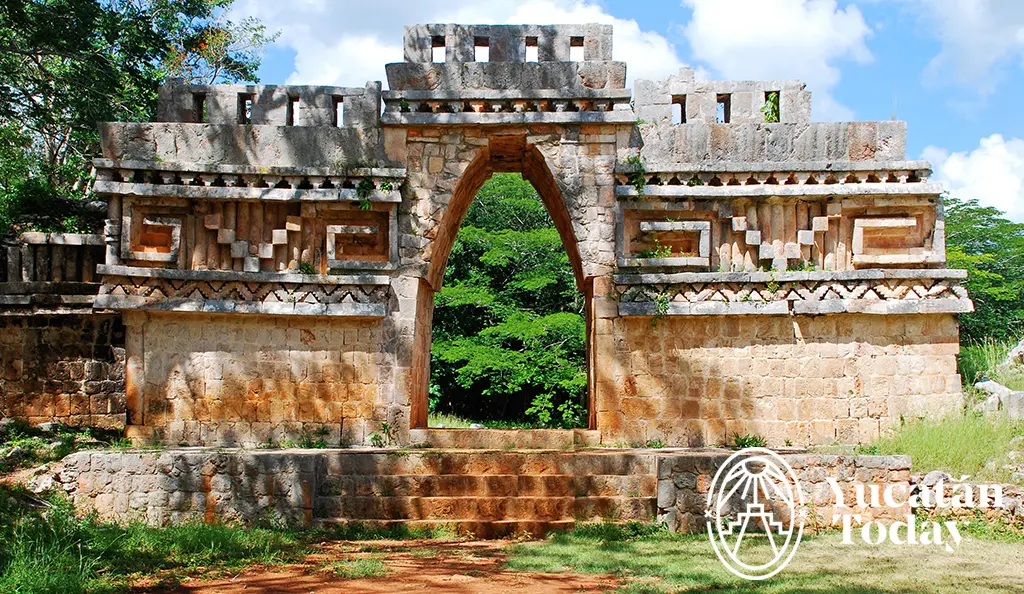
Depending on how you get your information about Yucatán, you might know that both Chichén Itzá and Uxmal were declared World Heritage Sites by UNESCO. What you may not know is that, although the declaration mentions the “prehispanic town of Uxmal” by name, it actually includes other sites as well, located along what is known as the Puuc Route. Currently, the Puuc Route is a 40-kilometer journey that starts in Uxmal (80 km from Mérida) and ends at the archaeological site of Labná (yes, currently…we’ll get to that later). However, its name refers to the Puuc region (Puuc means “hill” or “mound” in Maya) of the Yucatán state and the countless archaeological sites in it; of those, only six of them are open to the public, from Oxkintok (6 km southeast of Maxcanú) to Chacmultún (11 km southwest of Tekax).
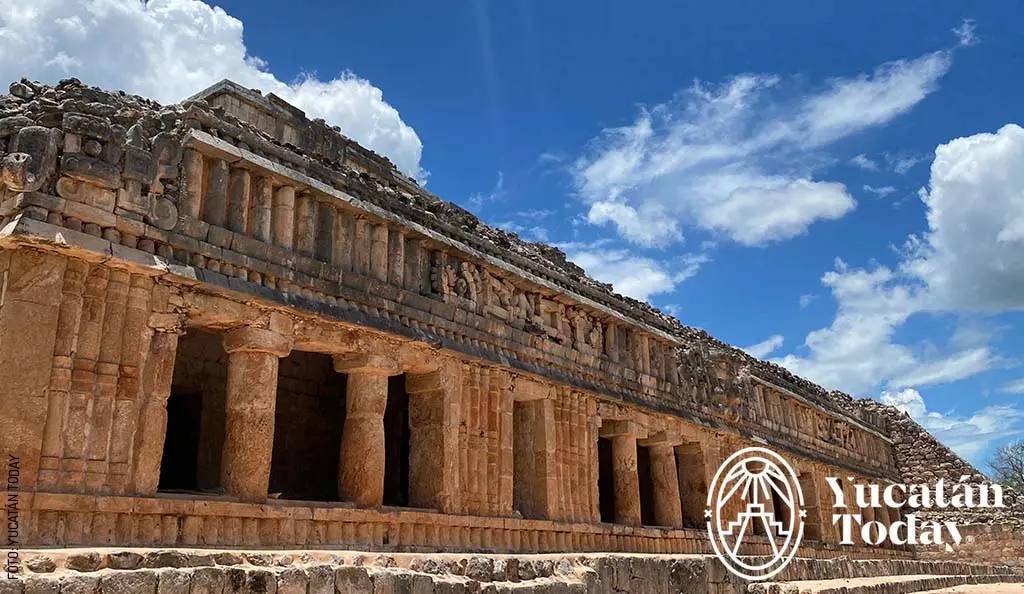
What’s so special about the Puuc region?
The most obvious aspect is the presence of hills and mounds. Visitors from other places are often surprised or puzzled to see, from the elevated terraces of Mérida, there seems to be no elevation in sight. However, as one travels south, a “mountain range” about 100 meters above sea level emerges seemingly out of nowhere. The land here is red and fertile, making it one of the most important citrus-growing areas in Mexico (with Mexico being among the world’s leaders in citrus cultivation).
Historically, the Puuc region is also home to a very distinctive Maya architectural style, which is highly ornate, yet very geometric and horizontal at the same time. The intricate stone carvings you will see in this area will leave you awestruck for entirely different reasons than those in sites like Chichén Itzá or Ek Balam, especially when you remind yourself that this level of detail was crafted without the use of metal tools: everything was crafted carving stone against stone.
Why visit the archaeological sites on the Puuc route
Individually, each of the archaeological sites in the Puuc region offers something worth seeing in person. Collectively, they provide a clearer picture of the technical, architectural, and cultural grandeur of the Maya civilization that flourished south of the state. Grand Ball Courts, monumental arches (yes, more than one), and elevated palaces are just some of the surprises that these sites hold for those who venture to explore them.
Although the official Puuc Route only includes the following five sites, Oxkintok and Chacmultún, located at both ends of the route, are also part of the region and are worth visiting.
The official Puuc route
Officially, the Puuc Route consists of the 60-kilometer stretch of road that goes from Uxmal to the Loltún Caves, and it includes the archaeological sites of Kabah (22 km from Uxmal), Sayil (9.5 km from Kabah), Xlapak (5 km from Sayil), and Labná (3.4 km from Xlapak). Due to the closures caused by the pandemic, floods in the southern part of the state caused by various tropical storms, and other factors, the Loltún Caves are currently closed, and there is no scheduled date for their reopening. In this article, we will focus on the sites within the Puuc region that are currently open to the public.
The sites on the Ruta Puuc or Puuc Route
Labná
Entering Labná, amidst the trees, you will come across a building where you can easily recognize the characteristics of the Puuc style: highly geometric, horizontally oriented, and richly ornamented. Right there, you can get a close up look at the Junquillos, which are stone cylinders reminiscent of the Bajareque (wooden sticks used in traditional Maya homes), as well as reliefs, mosaics, sculptures, and Chaac (rain god) masks.
From there, a small elevated Sacbé (walkway) will lead you to the most famous structure of this site: the Arch of Labná. Monumental and highly florid, it’s a perfect spot for taking photos, but make sure to get closer and examine it in detail: within the nooks and crannies of the reliefs, you can still see authentic remnants of the pre-Hispanic Maya paint with which it was adorned
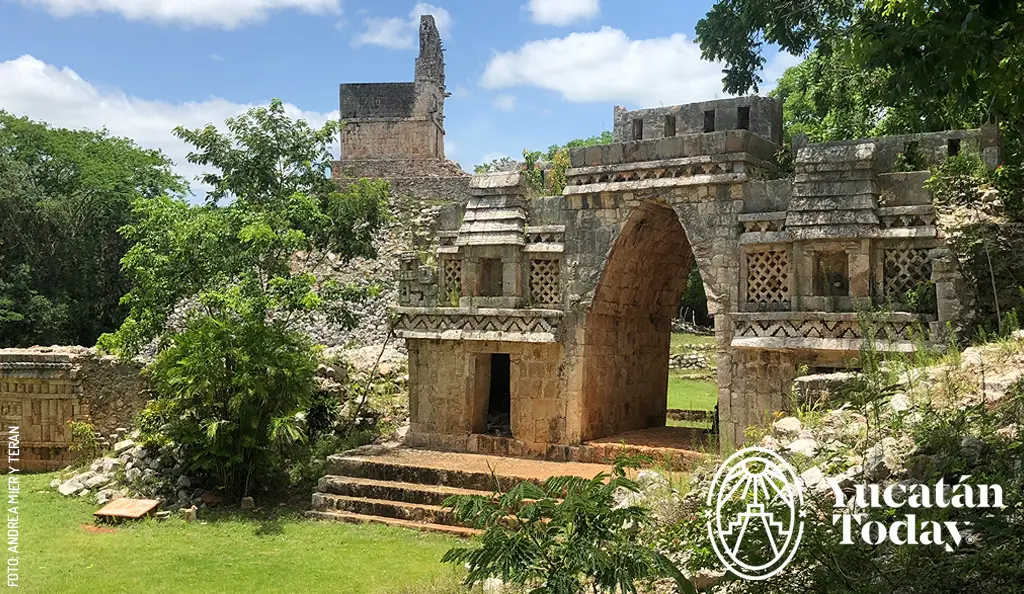
- Maya meaning of “Labná:” Old or dilapidated house (Laab Naj)
- Distance from Uxmal to Labná: 40 km (about 25 miles)
- General admission fee: $70 pesos (see Admission and fees)
- Period of habitation of Labná: 200 BCE – 1000 CE (Late Preclassic to Early Postclassic).
- Apogee of Labná: 800 – 1000 CE (Late Classic to Early Postclassic).
- An interesting fact about Labná: The Mirador (lookout point), an elevated structure featuring a more simplistic architectural style compared to the rest of the site, has a slotted crest that will surely catch your eye. The slots allow the air to circulate freely, protecting the structure during storms and hurricanes
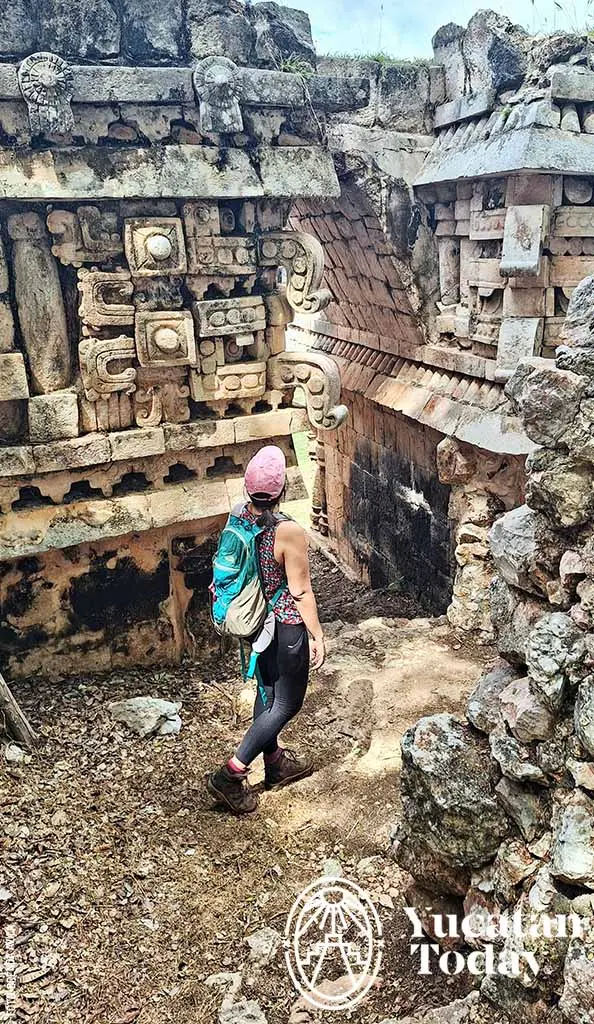
Xlapak
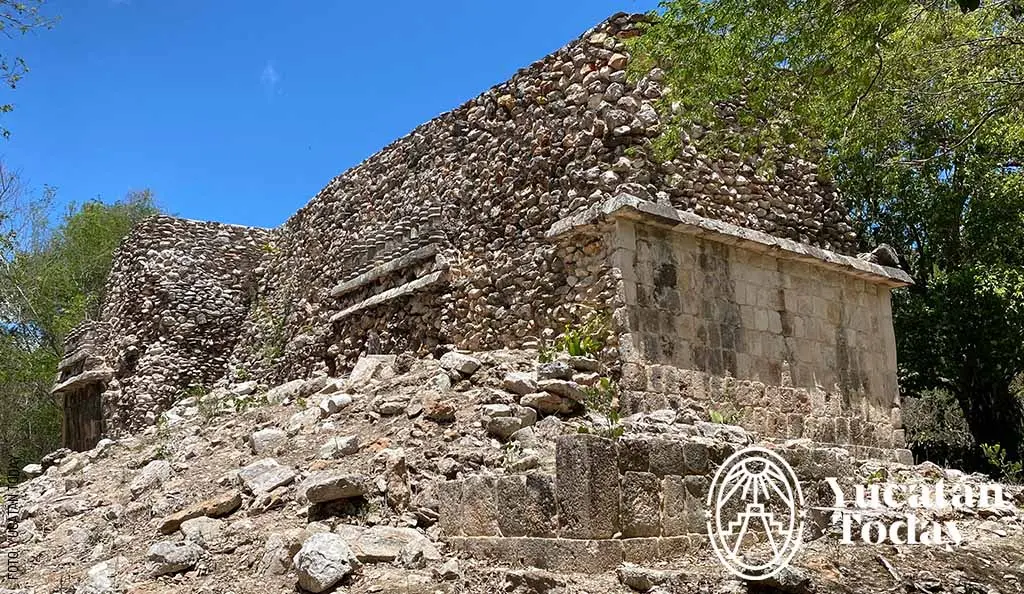
Xlapak is the smallest site on the Puuc route, as well as the easiest to explore. Despite being populated more recently than other sites on the route (and for a shorter period), its structures are far less preserved, which gives you a clearer idea of the arduous and delicate restoration processes carried out on Maya constructions.
The Xlapak archaeological site is laid out as a 900-meter circuit connecting the structures that have been discovered. Since Xlapak is also one of the least visited sites in the area, the circuit doubles as a nature trail, where you can listen to and observe different types of animals and plants in a more unmanicured setting.
- Maya meaning of “Xlapak:” Old or dilapidated walls (Xla’ Pak’)
- Distance from Uxmal to Xlapak: 37 km (about 23 miles)
- General admission fee: $70 pesos (see Admission and fees)
- Period of habitation of Xlapak: 750 – 950 CE (Late Classic).
- An interesting fact about Xlapak: One of the buildings in the circuit has several small plastic “mosaics” with black and white triangles attached to it. Site researchers placed them to monitor the “settlement” of the construction. By observing these mosaics’ alignment, they can detect any deformation occurring over time, which could indicate potential structural issues that may lead to collapse.
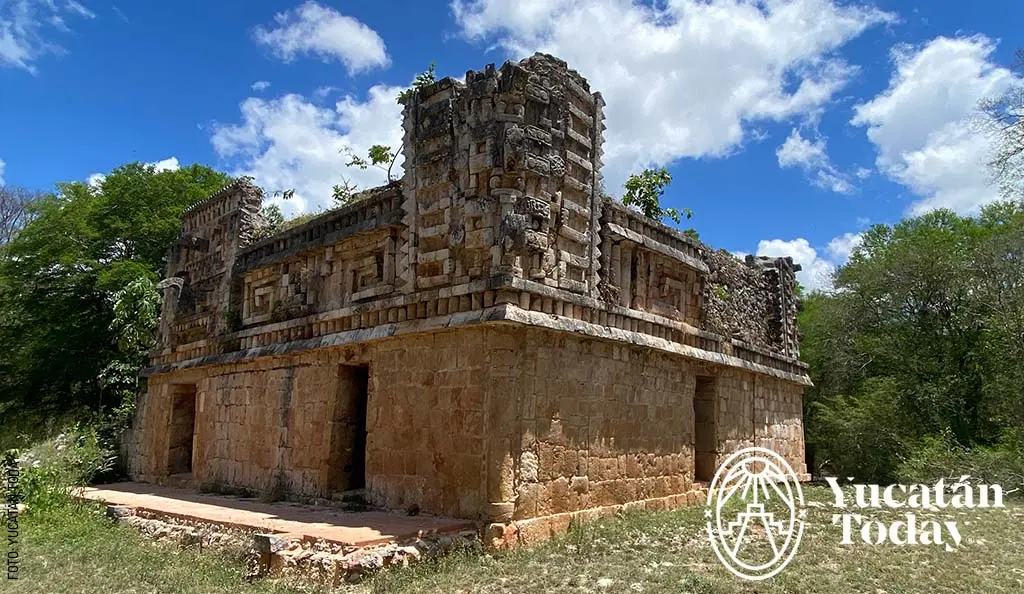
Sayil
.webp)
Whether you’re coming from Xlapak or Kabah, Sayil will seem like an extreme change. After marveling at the fascinating stelae on display at the entrance of the site, you’ll feel that the path to the first structure seems longer than in other archaeological zones. But rest assured, the longish walk will be worth it, as you’ll be greeted by the impressive Palacio (Palace) or Gran Palacio. True to its name, this three-story structure with approximately 90 rooms will leave you in awe. Along its 85-meter façade, you’ll be able to admire different levels of preservation, which provide insight into its interior layout (though the rooms are not accessible). Don’t forget to peek at its backside; the partially hidden stone details, adorned by the jungle, make it look like something out of an adventure movie.
While the Palacio is Sayil’s most iconic view, it’s far from being the only remarkable feature. The site includes several other buildings, such as El Mirador (similar to the one in Labná), and the fascinating Templo de las Jambas (Temple of the Jambs), which appears to be partially buried, offering a close-up view of the intricate carvings decorating the door frames (jambs).
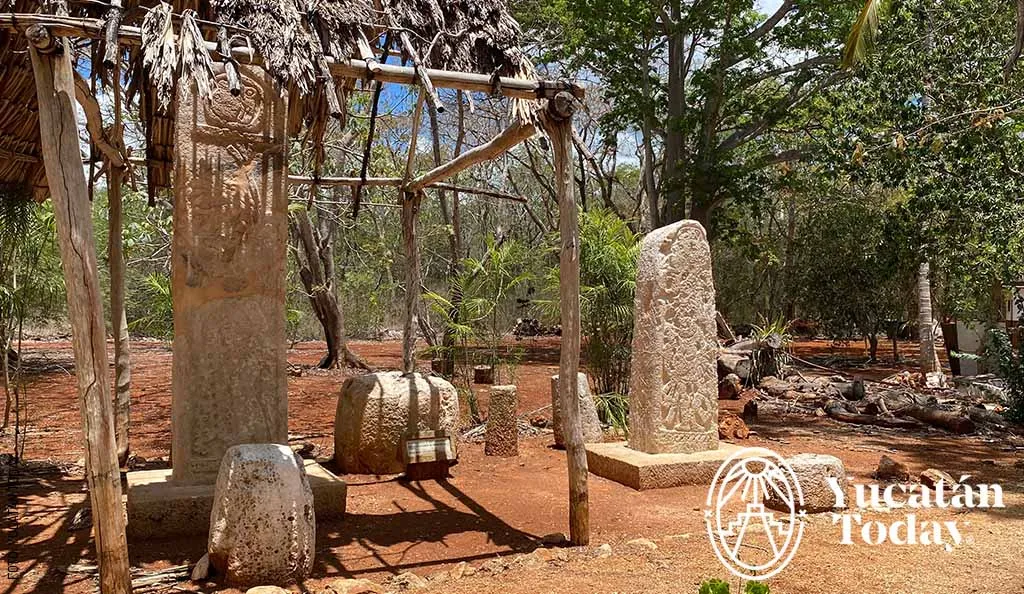
- Maya meaning of “Sayil:” Place of the leafcutter ants (Saayil)
- General admission fee: $70 pesos (see Admission and fees)
- Distance from Uxmal to Sayil: 32 km (about 20 miles)
- Period of habitation of Sayil: 800 – 1000 AD (Late Classic).
- An interesting fact about Sayil: A short distance down a trail from the Palacio in Sayil, there is another stela called “Lord of the Phalluses” or Nojoch Keep, where “Nojoch” means large, and “Keep” refers to the male reproductive organ. Needless to say, if you or your companions are uncomfortable with disproportionate anatomical representations, it’s best not to take the detour. However, it’s essential to understand the significance of these representations in the context of the Maya culture. For the Maya, fertility was of utmost importance, understood as both the land’s productivity and the labor force in the form of children. In the Puuc region, where the scarcity of cenotes and the complete absence of rivers left the population’s access to water at the mercy of the gods, the presence of monuments and phallic representations was meant to stimulate rain and ensure agricultural prosperity.
Kabah
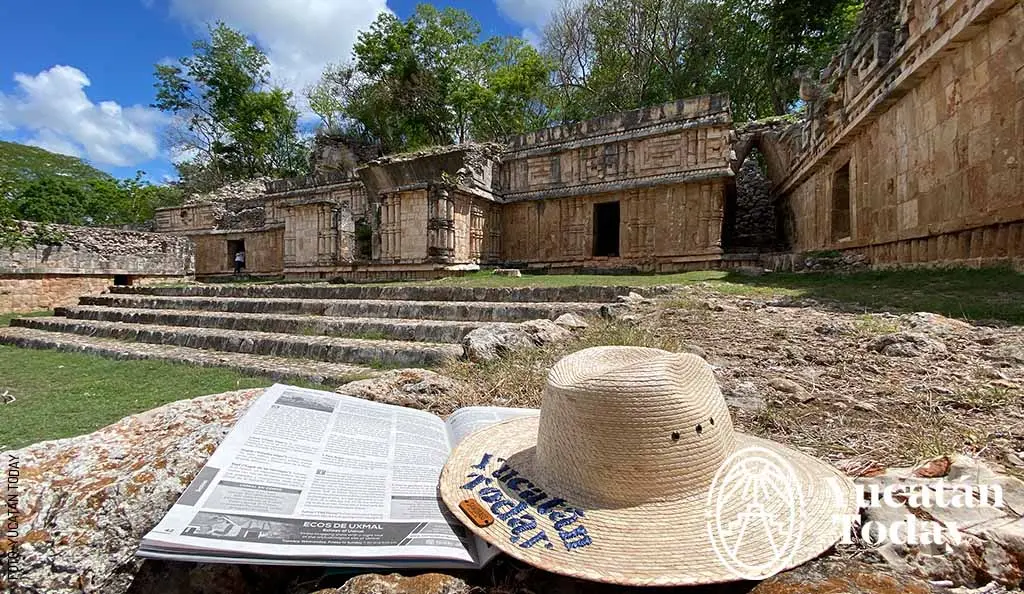
Kabah is renowned as the second most significant archaeological site in the Puuc region, just after Uxmal. Moreover, it is soon to be home to the Puuc Archaeological Museum, expected to open at the end of this year. Your journey will begin at what is arguably one of the most impressive structures you can get up close to: the Codz Pop (Kots’ Poop, or rolled-up mat). This building’s façade is entirely covered in stone masks of the rain god, Chaac. As you stand before them (and at every stop on this route), don’t forget to remind yourself of a fascinating fact I mentioned earlier: all these carvings and constructions were created without using metal tools.
Your exploration will continue as you ascend to the top of the elevated temple and then descend once again. By this point, you’ll likely feel that Kabah is a remarkably comprehensive site, having witnessed many awe-inspiring features. But the wonders of Kabah extend across the road, where you’ll find the Great Pyramid and a monumental arch. Although more understated in decoration compared to the Arch at Labná, this one is significantly taller. This arch marks the city’s entrance at the end of the Sacbé (pre-Hispanic walkway) that connects Kabah to Uxmal, which is scheduled to be restored and open to the public, though no definitive date has been set.
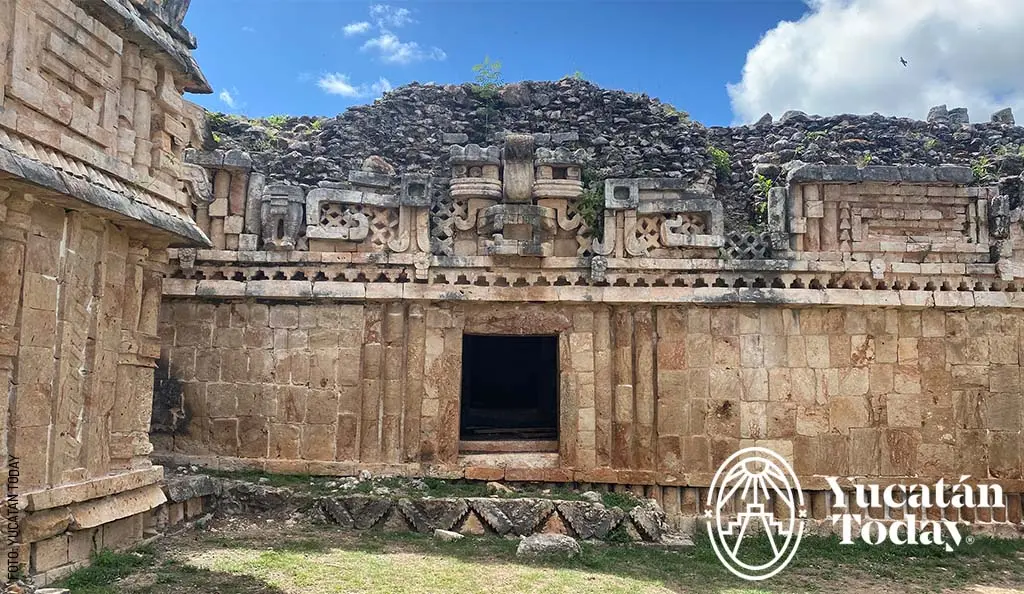
- Maya meaning of “Kabah:” Lord of the powerful hand or (figuratively) iron fist (K’ab Aj)
- Distance from Uxmal to Kabah: 22 km (about 14 miles)
- General admission fee: $75 pesos (see Admission and fees)
- Period of habitation of Kabah: 400 BCE – 1000 CE (Late Preclassic to Early Postclassic).
- Apogee of Kabah: 750 – 900 CE (Classic).
- An interesting fact about Kabah: Unlike some archaeological sites named after the arrival of the Spanish, Kabah’s name is pre-Hispanic, as it is mentioned in the Chilam Balam de Chumayel (one of the few surviving Maya books). And a bonus fact: According to the dwarf of Uxmal legend, the magical being who built the Pyramid of the Magician in a single night was originally from the neighboring city of Kabah.
Uxmal
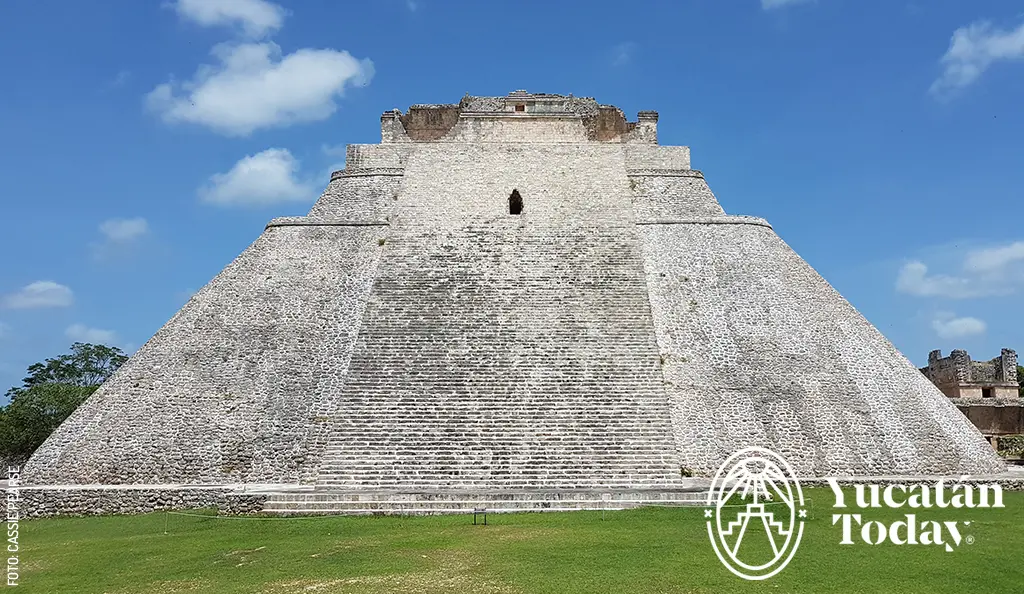
Uxmal is undoubtedly the capital of the Puuc region and a site that deserves at least a couple of hours to fully explore. You absolutely can’t miss the Pyramid of the Magician; first, because it stands at an impressive height of 35 meters, and second, because it’s exactly by the site’s only entrance. Take a moment to admire its oval-shaped base, a unique feature among Maya sites. This is the very pyramid referenced in the legend of the dwarf from Uxmal. However, contrary to the legend, we know that the Pyramid of the Magician wasn’t built in a single night. Like many other Maya buildings, it underwent several construction stages over the course of its centuries-long existence.
Though you can’t climb the Pyramid of the Magician, you’ll still enjoy a privileged view of the entire area from the Governor’s Palace, considered by many as the most extraordinary example of pre-Columbian architecture in all of the Americas, let alone the Maya region. From there, you’ll not only see the Great Pyramid nearby, along with the Palomar (the Dovecote) and its intricate crest, but also witness the thickness of the jungle that surrounds the accessible site, concealing the vast expanse yet to be explored.
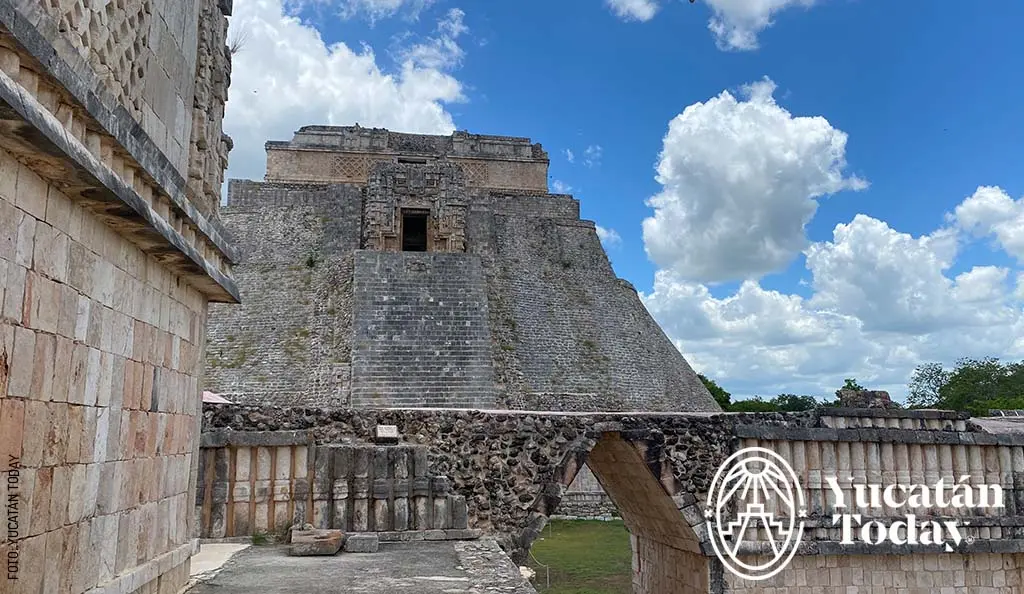
- Maya meaning of “Uxmal:” The three times built or the place where the harvest is abundant.
- General admission fee: $531 pesos (foreigners), $240 pesos (nationals) (see Admission and fees)
- Period of habitation of Uxmal: 800 BCE – 1150 CE (Middle Preclassic to Late Postclassic).
- Apogee of Uxmal: 700 – 950 CE (Classic).
- An interesting fact about Uxmal: The intricate crest of the Palomar (named after the birds that sought refuge in its crevices) casts the shadow of a serpent that crawls along the base of the building during the winter solstice, around December 21st.
Other sites in the Puuc region
Oxkintok
The existence of Oxkintok has been known since the 16th century; however, it remains one of the least-visited sites in the region. It is among the oldest in the state and boasts one of the most ancient ball courts known to us. Its construction style predates the Puuc’s heyday, reflecting influences from other pre-Hispanic sites further towards central Mexico due to its temporal and geographical context. Notably, Oxkintok stands out for its anthropomorphic (human-shaped) columns and its labyrinth, whose purpose remains a mystery.
- Maya meaning of “Oxkintok:” Uncertain, but currently proposed to be “the city of the three flint suns.”
- General admission fee: $70 pesos (see Admission and fees).
- Period of habitation of Oxkintok: 500 BCE – 1500 CE (Late Preclassic to Late Postclassic).
- Apogee of Oxkintok: 300 – 550 CE (Classic).
- Nearest current city: Maxcanú.
Chacmultún
The city of Chacmultún was, simply put, the most important trade center in the Puuc region during the Postclassic period (between 900 and 1500 CE. When you visit this site, the reddish hues of the buildings’ stones (which gave it its name) are sure to catch your eye, as will its monumentality. The structures are built on hills and artificial terraces, making them even more imposing and offering beautiful views of the surrounding vegetation.
- Maya meaning of “Chacmultún:” Mound of red stones.
- General admission fee: $70 pesos (see Admission and fees).
- Period of habitation of Chacmultún: 300 BCE – 1500 CE (Late Preclassic to Late Postclassic).
- Apogee of Chacmultún: 800 – 1000 CE (Classic and Postclassic).
- Nearest current city: Tekax.
Read more about Chacmultún
Admission and fees
- Admission to the archaeological sites along the Puuc Route is free for students of all levels, as well as for children under 13 years old and adults over 60. Proof of identity is required to get the discount.
- On Sundays, admission is free for Mexican nationals and residents with valid ID.
- Please note that the payment for admission to all the archaeological sites in the Puuc region must be made in cash.
- The National Institute of Anthropology and History (INAH) manages all the archaeological sites open to the public in the Puuc region, and their admission fees range from $70 to $90 pesos. However, in the case of Uxmal, there is an additional fee that must be paid to the Patronato de las Unidades de Servicios Culturales y Turísticos del Estado de Yucatán (CULTUR). The fees are paid separately at different windows, and both are necessary to access the site.
- The CULTUR fee for access to the Uxmal archaeological site is $150 pesos for Mexican visitors and $441 pesos for foreign visitors. Yucatecan visitors are exempt from this fee.
Is it possible to do all of the Puuc Route in one day?
It’s not impossible to visit every site on the Ruta Puuc (Uxmal, Kabah, Sayil, Xlapak and Labná) in a single day. However, attempting to do so can be exhausting (especially considering the high temperatures). It is also important to consider your level of interest in each of the sites: if you only want to see them for yourself and take some photos, you won’t need much time at each one.
If you are truly passionate and want to explore them more thoroughly, it is recommended to take your time and spend at least one night in the area; if you also want to visit Oxkintok and Chacmultún at either end of the Ruta Puuc, you’ll be better off planning at least two nights along the route. This will also give you the opportunity to incorporate more activities (and more variety) into your journey.
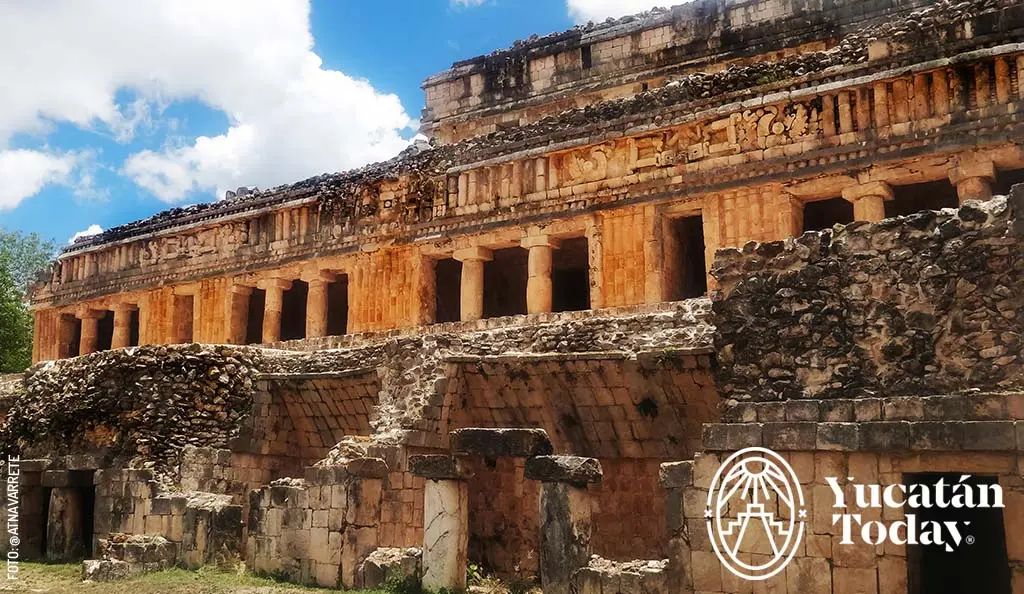
How to get to (and around) the Puuc Route
Depending on your travel style, you have three options for transportation. The first option is to rent a car, which will give you greater independence and flexibility to move around and make stops as you please. As you can see here, the distances are not very long, and the roads are mostly in good condition, although some sections may be a bit narrower than ideal. If you choose this option, don’t forget to bring along a print issue of Yucatán Today to help you with maps, as your cell phone signal might fade regardless of your provider.
The second option is to hire a private tour or a driver. You’ll still have independence and flexibility, plus you won’t have to worry about driving yourself. If this is the option that appeals to you the most, make sure to carefully evaluate with your agency or provider to ensure that the tour aligns with what you really want to see and experience. If the tour includes guidance within the archaeological sites, make sure you are well aware of the kind of information your guide can provide.
Is adventure and unpredictability more your thing? There are collective taxis (combis or vans) that connect the main towns in the southern part of the state. If you seek help from locals, they can guide you in finding transportation from one place to another. Keep in mind that these vans often do not have fixed schedules, and they may not go exactly where you want to go, but if you’re open to the unexpected, the experience can be very enriching.
Guided tours of Uxmal and the Puuc Route
The only archaeological site in the Puuc region where you will find guides available for hire on the spot is Uxmal. The guide fees range from $600 to $900 pesos, depending on the language you need; you can partner with other travelers and pay the guide for a joint tour. The site guides will show you details that you might not be able to appreciate on your own and provide explanations based on the oral tradition of the archaeological site.
To have guided tours of the rest of the archaeological sites in the Puuc region, you should hire a guide in advance, either from Mérida or with the site guides at Uxmal.
Various local travel agencies organize group excursions with daily departures from Mérida, specifically to the sites of Uxmal and Kabah, leaving in the morning and returning in the afternoon.
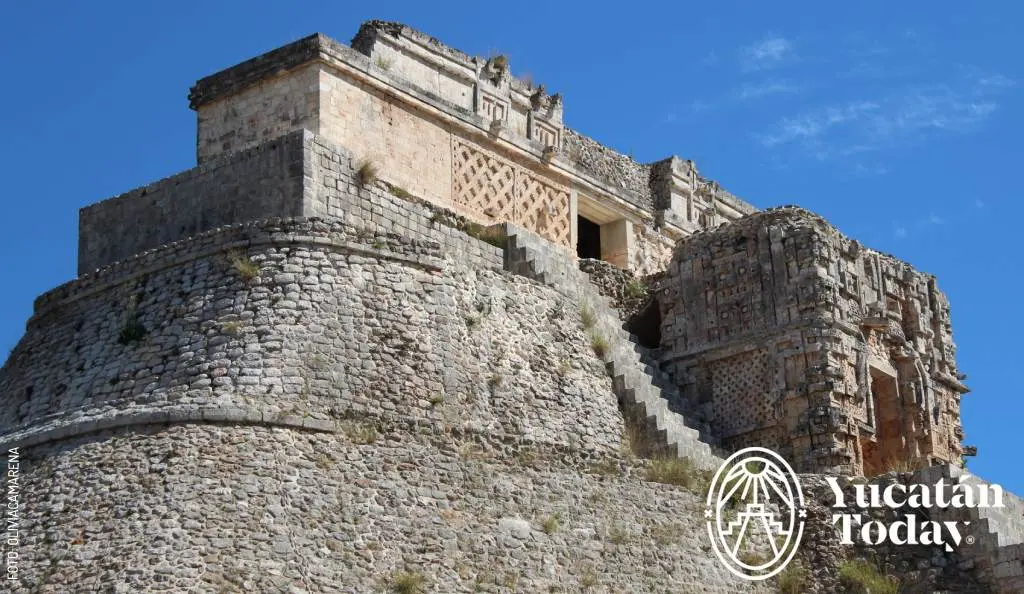
What else to do during your trip to Uxmal and the Puuc Route
Here are some activity options you can combine with your visit to the archaeological sites of the Puuc region, listed by location from west to east:
- Ya’axche Restaurant and Culinary Workshop in Halachó. On weekends, delight in the regional typical cuisine at their restaurant; on weekdays, make a reservation to participate in the preparation of your own food. Learn more here.
- Aktun Usil caves in Maxcanú. These recently discovered caves feature altars, ceramics, pottery, and other Maya remains. Aktun Usil is also known for its depth of over 60 meters and hieroglyphics on the ceiling. The tour takes two hours and is available throughout the week from 7 am to 10 pm. Learn more here.
- Calcehtok caves. At these caves, located near Oxkintok, you can rappel and climb to see natural formations resembling human and animal figures. Learn more here.
- Choco-Story. This eco-museum is dedicated to the history of cacao and chocolate, from Mexico to the world, with a focus on the environment and a tribute to the Maya people. Learn more here.
- The Planetarium at The Lodge at Uxmal. Enjoy a 30-minute documentary projection about the Maya and their concept of time. Besides being highly educational, it provides a pleasant (air-conditioned) respite from the heat of the archaeological sites.
- The Lodge at Uxmal Land Rover tour. Take a unique tour around the surroundings of the Uxmal archaeological site in a vintage Land Rover; choosing one will be just the beginning of the adventure! Learn more here.
- Mirador de Muna. This small rest stop/lookout point offers much more than meets the eye, including a panoramic view of everything that lies at the foothills of the Sierrita; in other words, Yucatán as far as the eye can see.
- The Santa Elena Museum. This tiny museum, known as the Museum of the Mummies, features a fascinating exhibition on the Puuc region and the Caste War, or Maya Social War. It’s a short, but very interesting visit. Learn more here.
- Ticul. The city the Sierrita is named after is renowned for its talented potters and shoemakers. Learn more here.
- Maní, a Pueblo Mágico (Magical Town). The first Magical Town in southern Yucatán offers history, nature, legends, cuisine, and stingless bees. Learn more here.
- Tekax, a Pueblo Mágico (Magical Town). This more recently named Pueblo Mágico offers a wide range of extreme activities for adventurers of all levels, along with history and breathtaking views. Learn more here.
Artículos relacionados
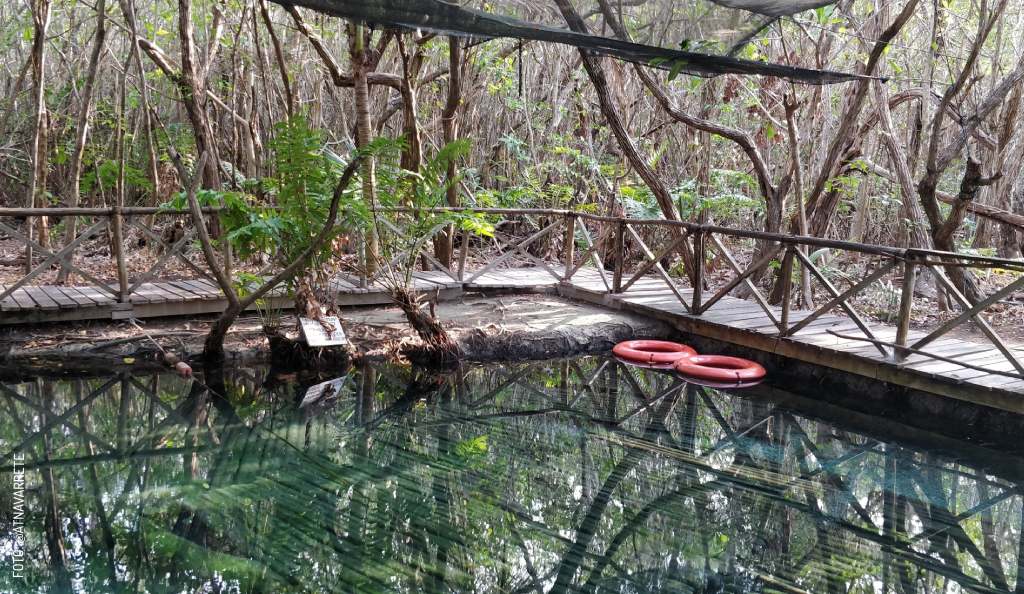
Cenotes con niños: aventura y seguridad
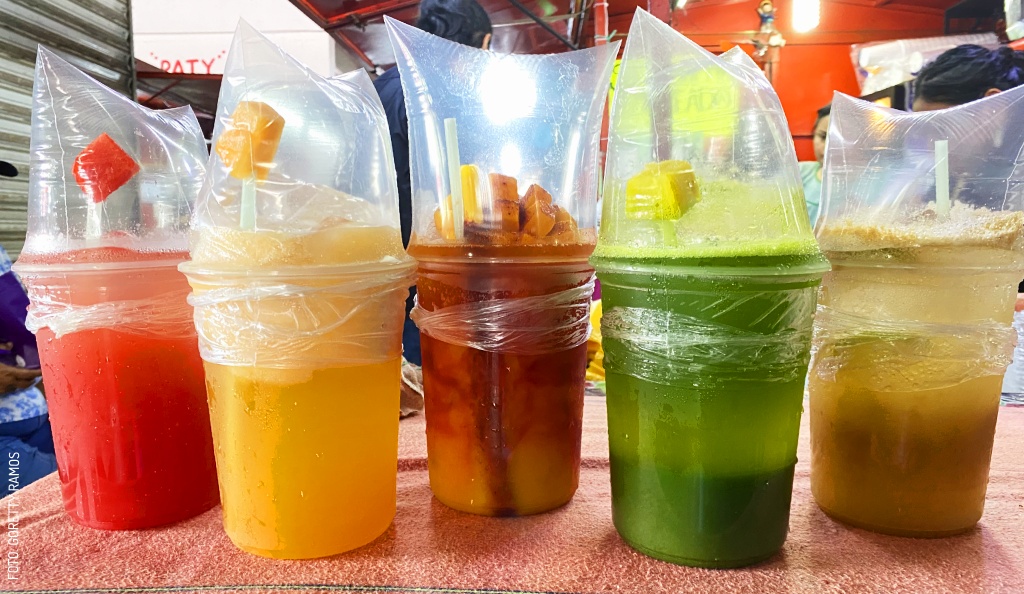
Bebidas refrescantes en los mercados de Mérida
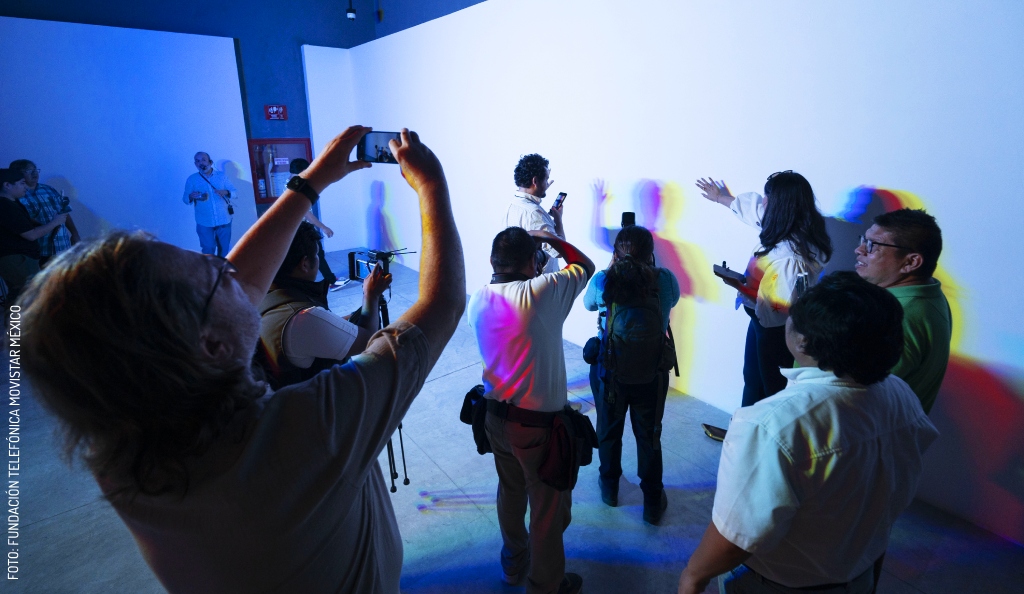
Color. El conocimiento de lo invisible, la muestra que no puedes perderte
Artículos relacionados
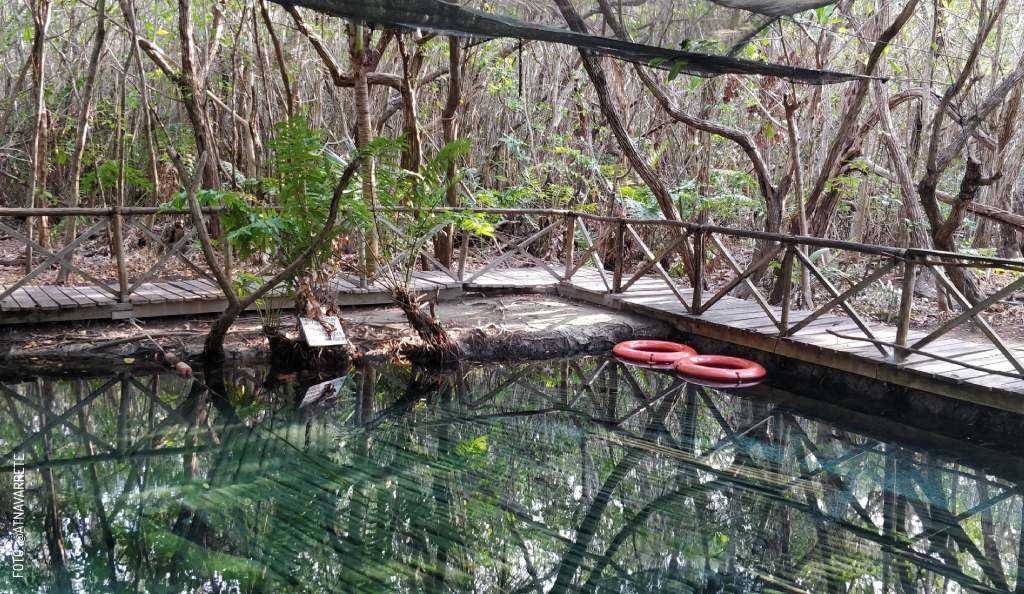
Cenotes with children: adventure and safety
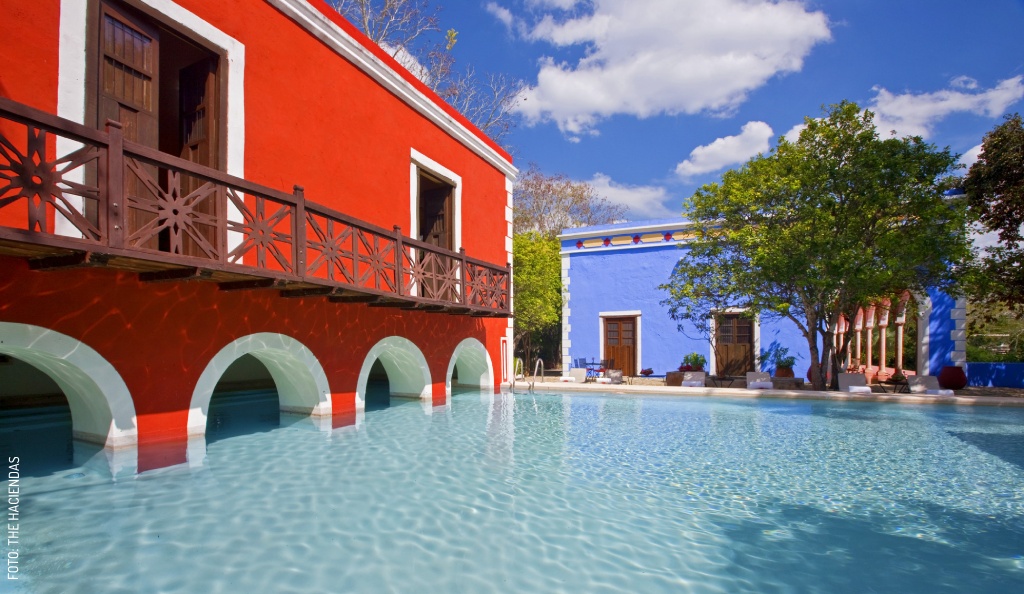
The Haciendas: Timeless Luxury Accommodation in Yucatán


